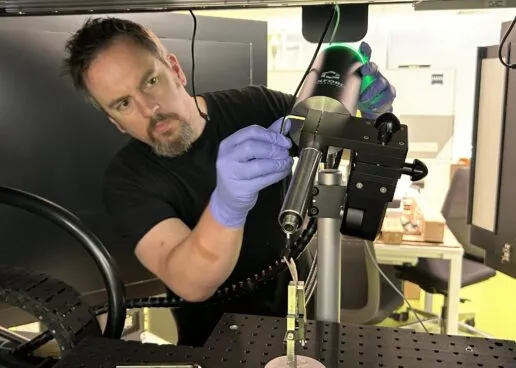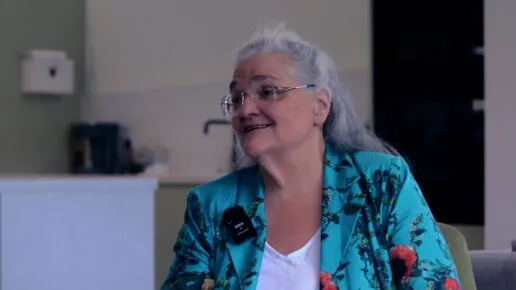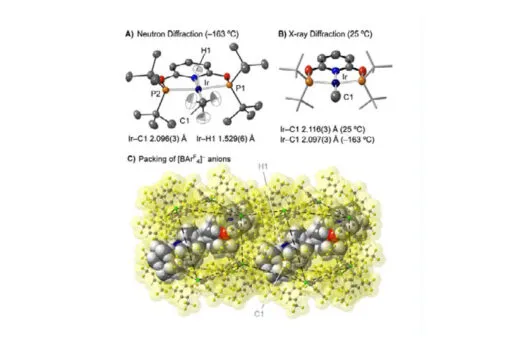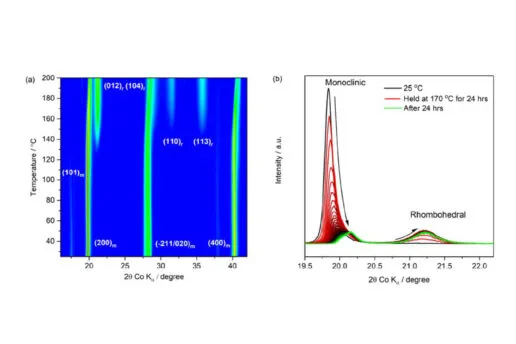2016 – 2024: A New Era of Customised Cryogenics
The adaptation of OxCryo’s GM cryocoolers and the development of the AC3 helium compressor for radio astronomy set the tone for a decade defined by collaborative engineering and customer-focused innovation. These projects deepened OxCryo’s role in advanced scientific research and laid the groundwork for increasingly specialised cryogenic systems.
In 2016, to support the AC3’s development and the company’s involvement with SKAO, OxCryo made a significant investment in its future by acquiring nearby Gatehouse Engineering—a long-standing and trusted supplier responsible for the precision metalwork used across its product line. This acquisition enabled tighter integration between design and manufacturing, shortened development cycles, and allowed for rapid prototyping. It also marked a shift toward a more agile, vertically integrated approach—ensuring OxCryo could continue working closely with scientists to tailor systems for novel experimental needs.

The Phenix Front Loader was initially designed for University College London and later adopted by the ISIS Neutron and Muon Source at Harwell Science and Innovation Campus in 2019. This modified Phenix system enabled fast sample exchange at < 78 K—an essential capability for preserving the integrity of fragile samples during cryogenic powder diffraction experiments. With its stable transfer environment, minimal helium use, and non-pressurised chamber, the Phenix Front Loader became instrumental in planetary ice formation research.
In 2020, OxCryo responded to a unique challenge from Oak Ridge National Laboratory, which required a modified Cobra system capable of using chemically inert argon as a cryogen. Originally designed for nitrogen use, the Cobra was extensively re-engineered to support varied flow rates and ensure robust vacuum sealing across different cryogens. The success of this adaptation opened new experimental avenues for the Oak Ridge team.
In 2022, the Australian Nuclear Science and Technology Organisation (ANSTO) announced plans to incorporate an Argon Cobra into their KOALA Laue diffractometer. Due to the nature of neutron diffraction, larger samples are required to compensate for the low interaction probability of neutrons with matter. ANSTO requested an additional modification to accommodate 3×3 mm samples. A carefully redesigned nozzle, paired with a bespoke software solution, resulted in the Wide Nozzle—a new option now available for both the Cobra and Cryostream systems.
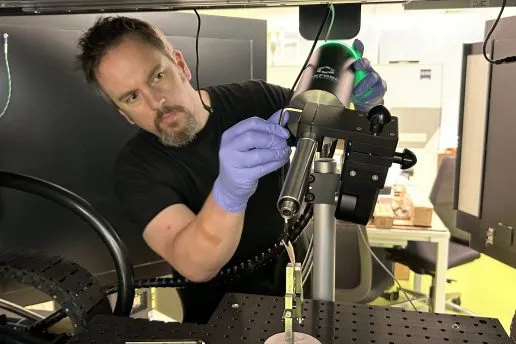
In 2024, this Wide Nozzle option was implemented for the Cryostream 1000 and delivered to University of Portsmouth, enabling researchers to begin cryocooling samples for micro-CT imaging. This advancement significantly enhances imaging clarity and signals a broader role for cryogenic integration in 3D imaging techniques across multiple research domains.

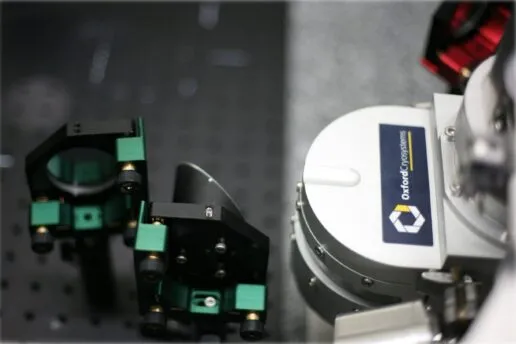
More recently a custom-modified Phenix cryostat was supplied to the University of Leeds and the UK Atomic Energy Authority to assess the feasibility of using compact quantum cascade lasers (QCLs) for monitoring the extreme-temperature plasmas central to fusion energy research.
They operate in the elusive terahertz (‘THz’) gap and consume just 10% of the power of conventional lasers. These advantages could make them a game‑changer for real‑time plasma diagnostics in future commercial fusion power plants.
2025 and Beyond: Empowering Discovery Through Cryogenic Innovation
From one year to the next, each new collaboration has brought fresh challenges—and new possibilities. Each modification has unlocked further customisation, opening the door to scientific studies that were previously out of reach.
After forty years, OxCryo has carved out a place as one of the world’s leading cryogenic engineering firms. With a focus on collaborative development, in-house agility, and a deep understanding of scientific demands, the company continues to empower breakthrough scientific discoveries by delivering world-leading cryogenic technology; enabling researchers to explore the fundamental nature of matter — from the molecular to the cosmic.
